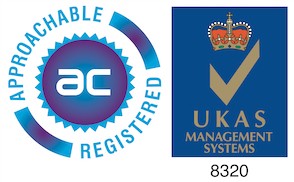Advertising Age-Restricted Products on Social Media
Today’s social media platforms have transformed the way in which we consume media and communicate with one another. They have also revolutionised the world of advertising, with many companies now favouring these digital platforms over more traditional options, such as print or television.
However, social media platforms are less stringently regulated than their traditional media counterparts. This is one of their major downsides and raises particular concerns when it comes to advertising age-restricted products. Let’s explore the issue in more detail and discuss potential workarounds for social media companies and advertisers.
Current Age Restrictions on Social Media
Given the huge numbers of people using social media platforms, moderating these channels is incredibly difficult. As a result, harmful content can and does get past admin teams and through automated filters. This means that social media can be a dangerous place for young people, and social media companies have age limits in place for this reason.
However, many believe that these age limits are too low and furthermore, that they are not enforced nearly as much as they should be. Most of the major social platforms have an age limit of 13 in place, but studies have found that younger children are present on these platforms in large numbers.
The Risks of Advertising Age-Restricted Products
As we touched on earlier, social media has transformed the way in which companies market their products and services. You will see adverts for a huge range of goods on social media platforms, and these companies can target specific customer groups extremely effectively.
However, the presence of children on social media raises particular concerns for businesses advertising age-restricted products, such as alcohol or vapes. Exposing young people to this kind of messaging can come with serious risks. For example, research suggests that exposure to adverts for alcohol can result in young people drinking earlier and binge drinking.
There are also reputational concerns for businesses to think about. A company found to be advertising age-restricted products to young people and children runs the risk of seriously harming brand image and eroding customer trust.
What is the Solution?
As more people join social media platforms and as ad spend on these channels increases, the risk of companies advertising age-restricted products to young people will only continue to grow.
How can social media companies ensure that young people on their platforms are not being exposed to potentially harmful adverts while also ensuring they are not driving away potential advertising revenue?
The answer is by overhauling existing age verification processes. Through accurate and comprehensive age verification solutions, social media companies can work hand-in-hand with advertisers to ensure that when advertising age-restricted products, only consumers who are of age are being targeted.
This will make for more effective advertising and will reduce the associated risks, making social media a safer place for users and a more valuable advertising channel for businesses.
Conclusion
Advertising age-restricted products on social media can be a risky strategy. While there is potential to reach huge audiences, it can be difficult to ensure children and young people are not being targeted. To reduce this risk, social media companies must look to review the age verification procedures that they currently have in place.






